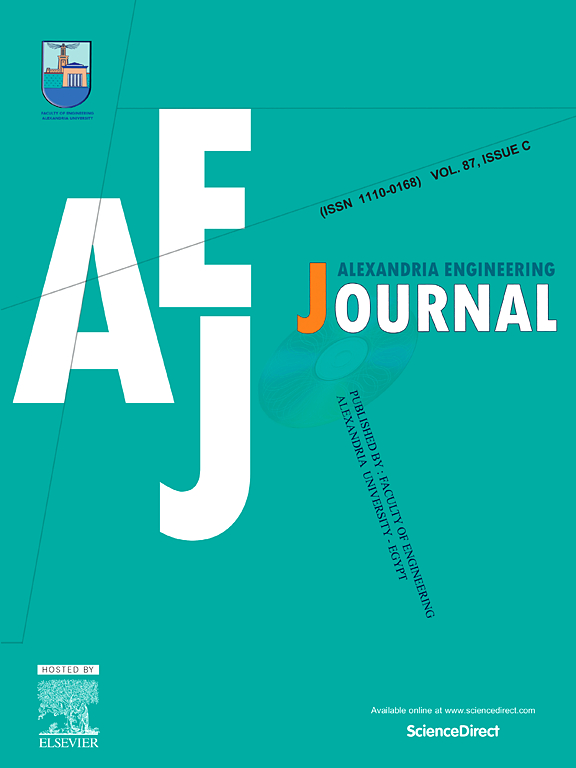Federated learning and GWO-enabled consumer-centric healthcare internet of things for pancreatic tumour
IF 6.2
2区 工程技术
Q1 ENGINEERING, MULTIDISCIPLINARY
引用次数: 0
Abstract
In order to get a correct diagnosis and choose the best treatment options before it becomes deadly, early detection and classification of pancreatic tumours are essential. Grading can be a tedious and time-consuming process for experts and doctors when the case is complex. In such cases, experts usually look at the tumour and pinpoint its exact position. Moreover, it could be required to compare the tumor's cells to those in the vicinity. The end goal is to confirm that the growth is a tumour and, if possible, to ascertain the exact type and grade of the tumour. However, due to the high amounts of weights sent and received from the client-side trained models, federated learning techniques incur substantial communication overhead. This study aims to address this problem by introducing a unified framework that integrates the inherent capabilities of Federated Learning (FL) with the unique characteristics of the Grey Wolf Optimisation algorithm. The pancreatic tumour dataset is used to evaluate the GWO-enabled FL framework. The proposed model was more network efficient, performed better in data imbalance scenarios, and led to lower communication costs than the currently available federated average model. Following validation, the proposed framework attained a prediction accuracy of 98.9 %. For pancreatic tumour classification, the data obtained from the proposed system can be a useful component.
求助全文
约1分钟内获得全文
求助全文
来源期刊

alexandria engineering journal
Engineering-General Engineering
CiteScore
11.20
自引率
4.40%
发文量
1015
审稿时长
43 days
期刊介绍:
Alexandria Engineering Journal is an international journal devoted to publishing high quality papers in the field of engineering and applied science. Alexandria Engineering Journal is cited in the Engineering Information Services (EIS) and the Chemical Abstracts (CA). The papers published in Alexandria Engineering Journal are grouped into five sections, according to the following classification:
• Mechanical, Production, Marine and Textile Engineering
• Electrical Engineering, Computer Science and Nuclear Engineering
• Civil and Architecture Engineering
• Chemical Engineering and Applied Sciences
• Environmental Engineering
 求助内容:
求助内容: 应助结果提醒方式:
应助结果提醒方式:


